Addressing the ever-changing meta
PCI: When you are developing new characters, strategies, and keywords, how much attention is put on the current meta? Do you ever feel like you need to start making silver bullets or something similar? How closely do you look at the current card pool, and what decks are being played when you try and make something new?
Sassenrath: That is a good question. I think it kind of varies. I wouldn’t say we react to the particulars of the current state of the meta, but I think we try to learn from the things that the meta has to teach us. The meta may suggest things to us like maybe certain strengths and weaknesses need to be reassessed for certain regions. Or it may suggest that certain tools aren’t as healthy as we thought, or players like them more than we thought they would.
Deep is an example of that. It was an unusual deck that we didn’t know how much players would like. But it turns out a lot of players really liked Deep and thought it was super fun. So we took lessons out of that. Sometimes we can’t just for timing reasons, but sometimes we have time to realize that we might emphasize certain things over others.
PCI: Speaking of timing, how long does it normally take to design a new Legends of Runeterra set?
Sassenrath: Sets take a really long time. A lot of it is because the stages that happen after design we try to achieve very high quality in things like voiceover, illustrations, animations, etc. So the overall pipeline for when a design team is spun up to the content shipping, if you don’t take major breaks, takes something like a year and a half. In the case of the Shurima set, we actually had to pause a couple of times so it took substantially longer than that. So it is pretty long *laughs*.
I think we wish it was shorter because then we could react to player needs more. But on the other hand, I think one of our strengths is the quality of our art and other assets.
No need for silver bullets
PCI: So it is less “we need to counter a specific card” in the meta, and more assessing the general overview of what is being played?
Sassenrath: Yeah, there will be times where we revisit certain aspects. For example, Ionia is a region that ended up being balanced by a small amount of cards and those cards were very simple. We can only really change mana costs on something like that, and changing one number can greatly affect that entire region. So, something may come up in a design meeting where we say something like: “Could we get more utility in Ionia?” We will try and see if we can get those suggestions into our sets when we can. But the turnaround time can be very long, so if it the turnaround time is too long to be reactive, then we reach for live design changes because it will take too long for us to solve.
PCI: How much back and forth is there between the Runeterra and League of Legends teams when adding new characters and the like? Are ideas pitched from one side of the fence to the other?
Sassenrath: There is definitely a good amount of back and forth. I think a lot of the communication that ends up coming for champions is the League team providing us material. So, for example, if I am trying to plan out the champions to be released in 2022, I will probably go and see what the League team is working on now, to see if any of those champions fit the set themes we want to explore that year. A lot of times it is pretty early, so you have to kind of look into the future. If a champion that is only half-made, what notes are they hitting? Maybe we can slot them into the set now, and as the champion team comes to conclusions about the execution of the champion, we can incorporate that into the card design. We have definitely done that a lot with champions before.
Maximum synergy
PCI: So it can start pretty early in development, even on the League side.
Sassenrath: It can, yeah. It becomes most practical when there are clear pieces of the champion that we are excited in. When we are looking at a set we try to look at it holistically through several different lenses. Making sure we have something for everyone. Like, this set could use more monstrous characters, or we need a certain champion from a specific region. Then, if one is already being made that is coming out in League, we’ll peek at that and see if they have made any major decisions about the character. Is that enough for us to slot it in now if we need to make it a real card in a few months? If the answer is yes, then we can probably slot them in. If not, we might have to wait for another set.
When I think about the most hands-on coordination stuff that happens I think that tends to be more about the events. Just because, for us, when you are talking about making a set, when deciding what champions to put in a set, that is a really long timeline for discussion. So there will be some level of communication, but unless things seem like they are going to really line up, it is mostly us going to be looking at what the League team already has done. Which might mean it isn’t out yet, but is probably going to come out soon. So, instead, we can see what the KDA event is this year, and if we want to work with them on a big event where we all release something at the same time. Those timelines tend to be less than a year long, and we coordinate more tactically. I don’t want to spoil anything, but you can look forward to more stuff like that in the future.
PCI: Because Runeterra has such a developed esports scene, how much does that factor into development, similar to when looking at the meta? Especially when compared to the broader playerbase?
Sassenrath: When it comes to design, it tends not to be a one-to-one where we are going to do something specific to a set to hype up tournaments or anything like that. I think the way it tends to be is more geared towards a general level. One of the things we want is to make sure our game feels like a skillful game. We think randomness and variance has a lot of value, but an important thing for us is that games should feel like they have a skill aesthetic. So when randomness is injected into the game, it is in a way that makes you do things like test your adaptability. Or at the very least doesn’t feel like it is overriding that skill aesthetic with a luck aesthetic. If the game feels like you’re playing a casino we have gone too far.
That is how we determine what feelings we want to emphasize in individual cards. Also, what it feels like at the end of a game. Does it feel like that you and your opponent played well, or that you could have done things differently? The kind of tastemaking process that we have gone through over the years has included things like the fact that our game embraces interactive strategy and skill expression. Our game needs to facilitate that. Not that every card has to be that way, it would be too overwhelming. But in general it should feel like a skillful game, and that someone outplayed someone else in a meaningful way.
A constant juggling act
That is where I think that comes in. We embrace competitive play insofar as that we embrace skillful and strategic play. That has a symbiotic relationship in terms of how we set our priorities. But when we are actually making a set we are mostly going to be using a general mindset.
PCI: As you said, RNG is a very fine line to walk. Card games naturally have variance built into them, but you don’t want to go too far. You don’t want players to feel like they were cheated out of playing. That has to be very hard to develop.
Sassenrath: Yeah, there is often a lot of tension between things like variety and skill. I don’t know if it is even a binary decision. Things need to feel skillful, but not overwhelming and complicated. But they also need to be high variety, but not solely luck based. Removing too much variance can make matchups feel too similar. You can try fixing that by injecting tons of choice, but that can be overwhelming and complicated and make games take forever.
PCI: I play a lot of fighting games and it is the same in those. A good fighting game I feel is like a good card game, in that when you lose you understand why, and it is something that you can improve on.
Sassenrath: Yeah, I feel like we have a similar ethos where it should feel like there is something you could have done differently if you lost. We tend to think of that at the match level, and not necessarily at the play level. It is kind of a spectrum. Sometimes you make a bad play on turn five and that means you’re going to get blown up on turn 7. The answer might not be on a moment-to-moment basis. Like when your opponent’s champion hits that super hard to [level up] and starts destroying you, that means you messed up earlier. That can be the answer, but the intent for us is that there is an answer on the match level.
Bringing back old favorites
PCI: Would you say that this is a good set for returning or lapsed players?
Sassenrath: Hmm… that is a good question. I think our hope is that for most sets that is generally true. That they are a fun time to re-engage. I think if you’re someone who likes revisiting old decks, then it is a good set to revisit. I think in general, a good rule of thumb is that bigger sets are always better for re-engaging. If you are someone who gets excited by seeing new singles come out that makes you revisit older decks, I think this would be a good set for you to come back to.
PCI: Before we leave, is there anything you would like the players to know about the next set?
Sassenrath: Well, I hope they play the set. It comes out May 5 and I hope they have a lot of fun. We tried to pepper in some callbacks and some refresher tools for older mechanics and systems. Like, we added a lot of countdown speed-up effects and some other stuff like that. Hopefully people who like Irelia and Zilean have fun with them. As well as the other callback cards to help them revisit some other decks they like playing. Thanks for playing and I am glad everyone likes Chip, because we love Chip too *laughs*.
A big thanks to Mark for taking the time out of his busy schedule to speak with us. Like the man said, the new Guardians of the Ancient set with new keywords releases today. There you can try out the three new champions, as well as Blade Dance, for yourself.

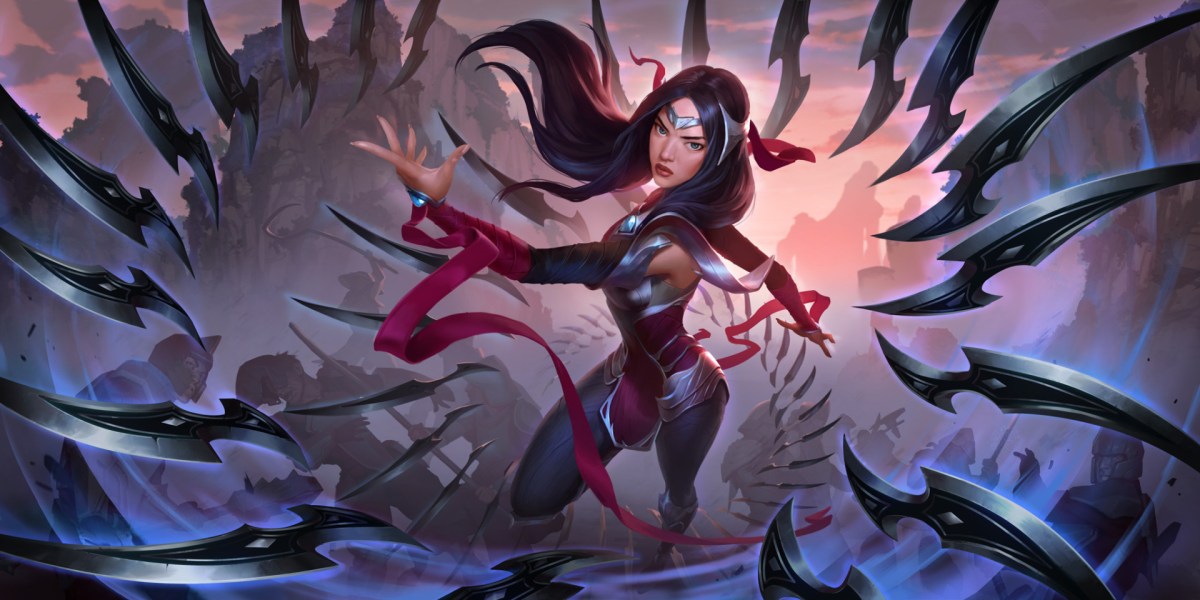

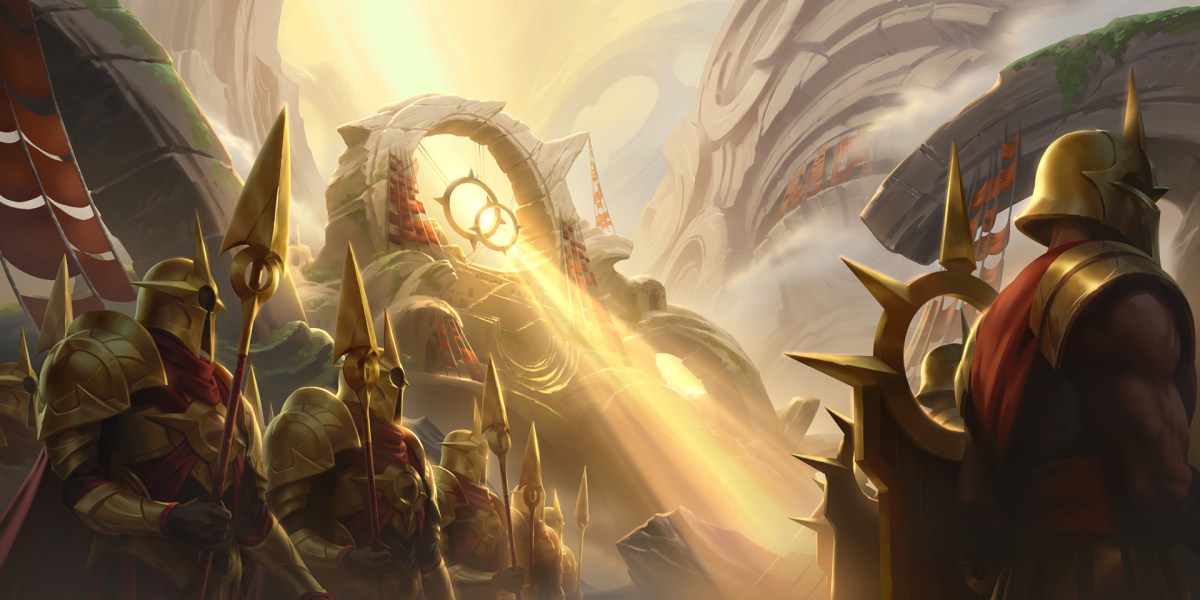
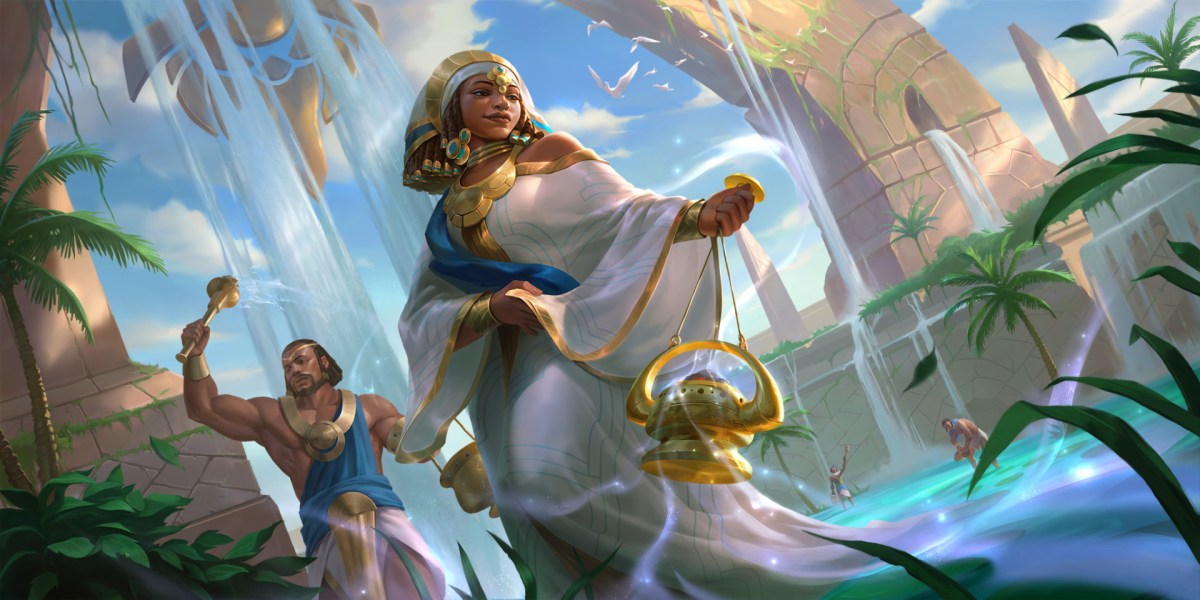
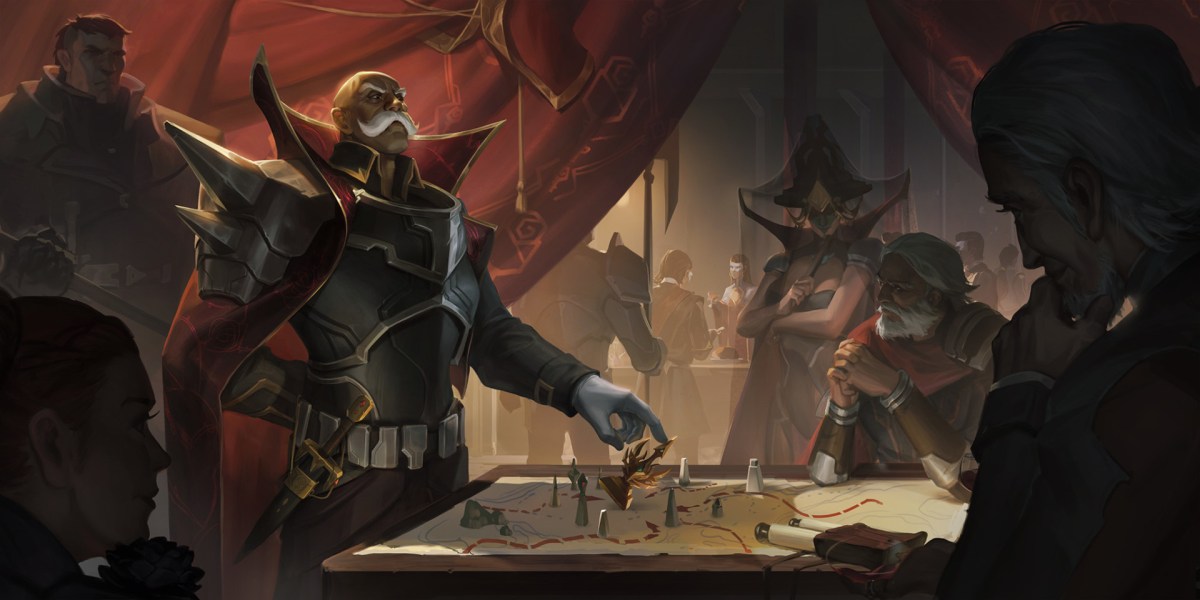
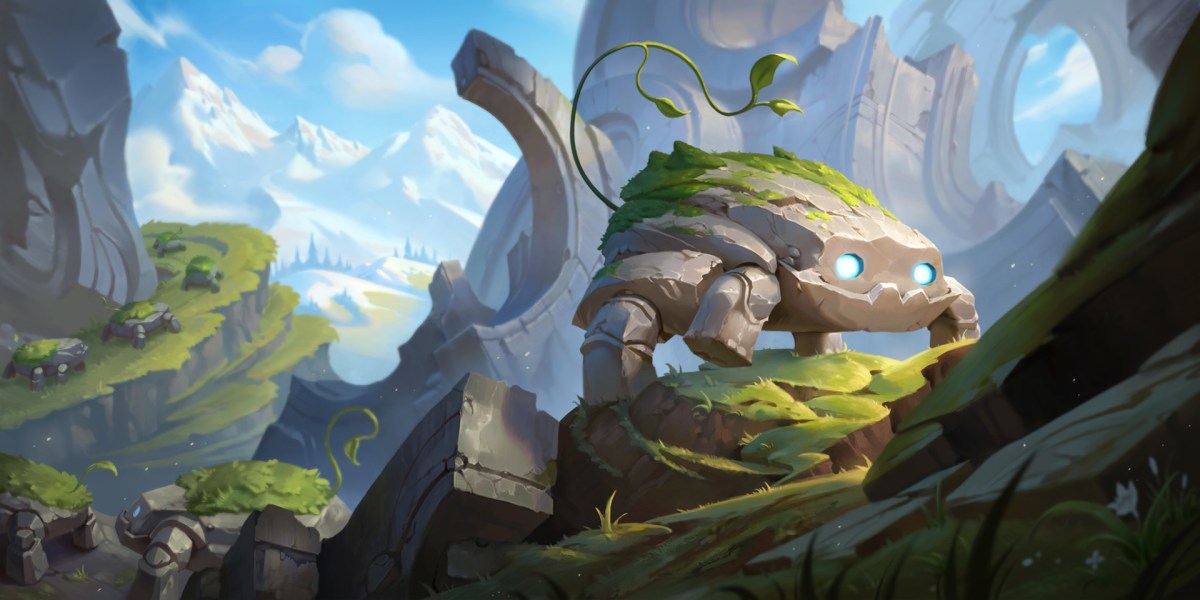
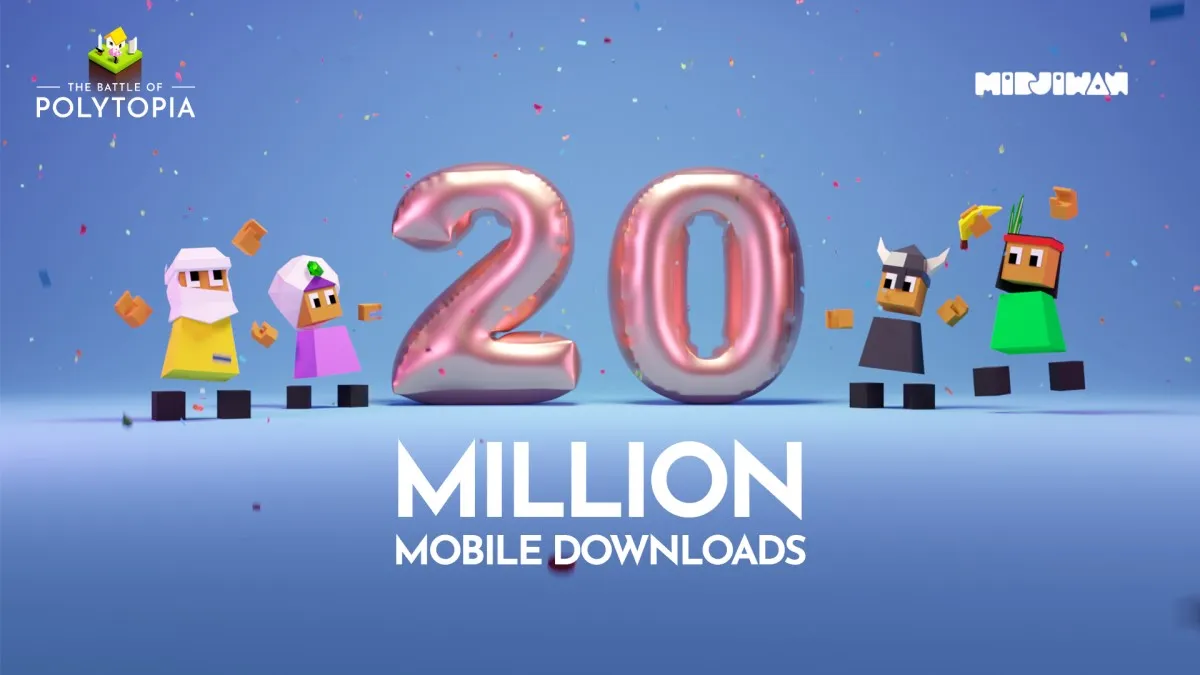

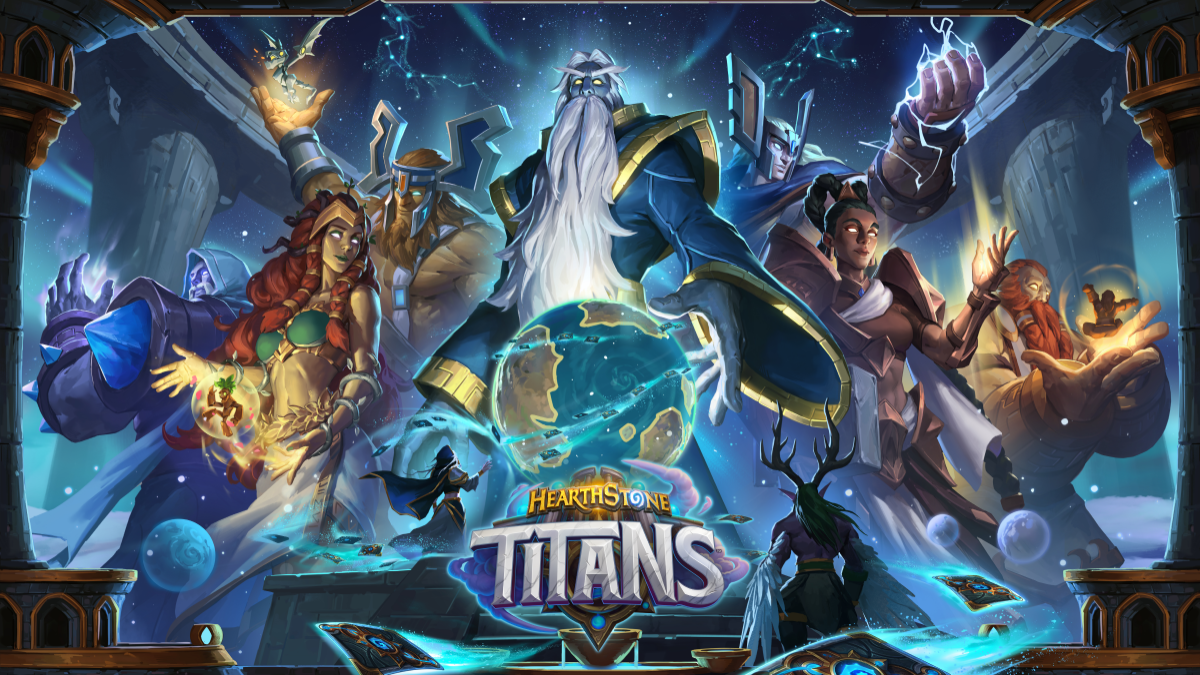

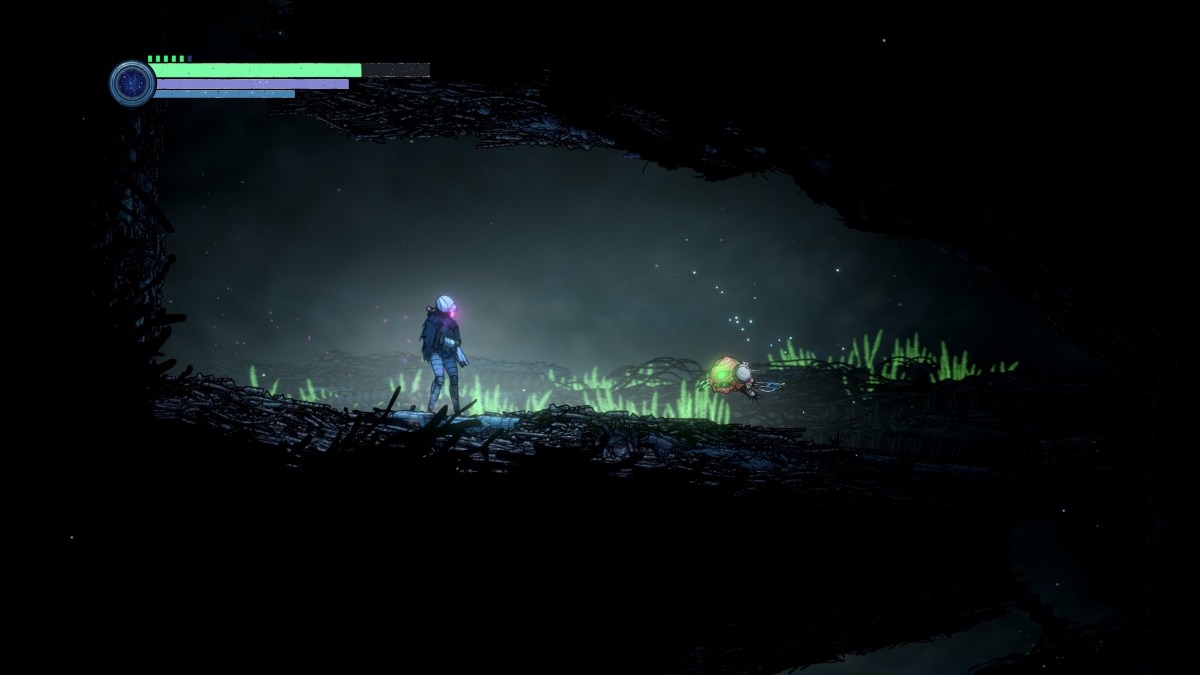
Published: May 5, 2021 08:30 pm